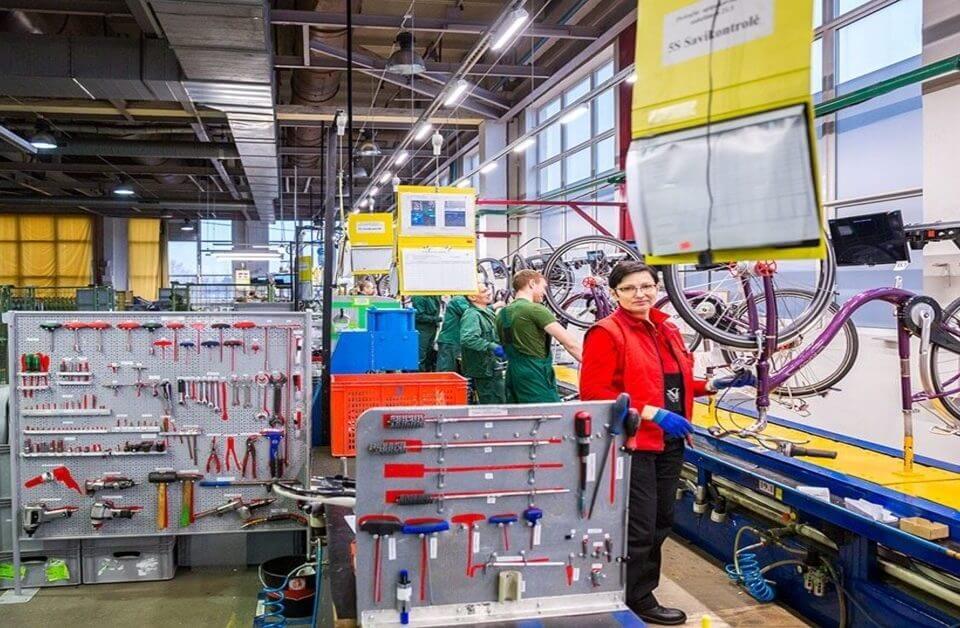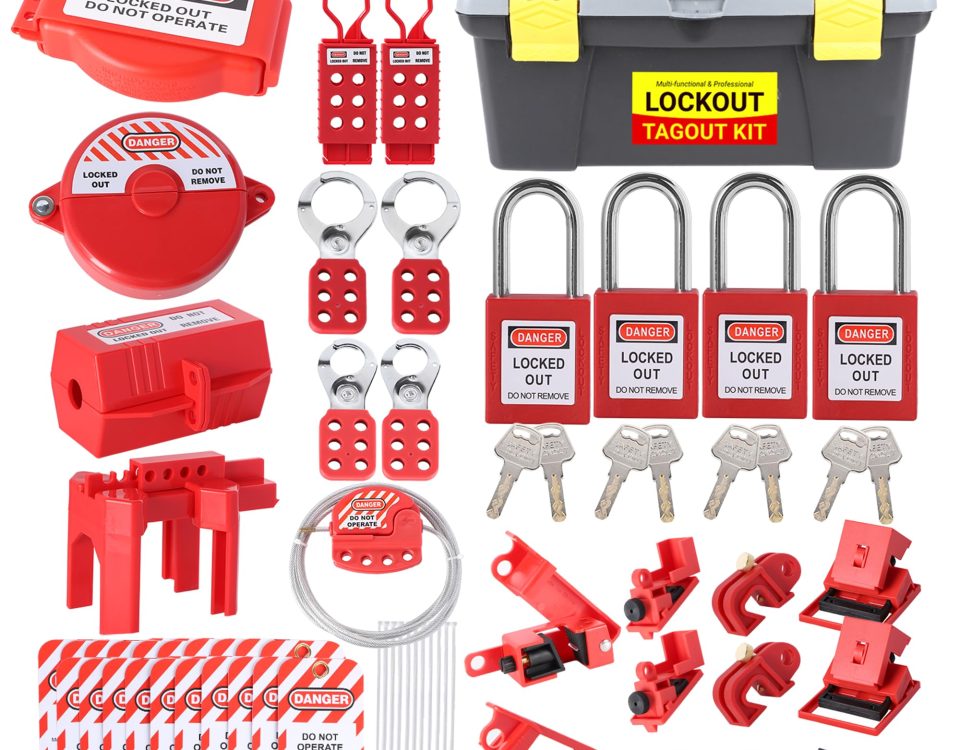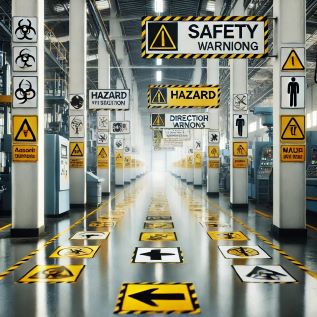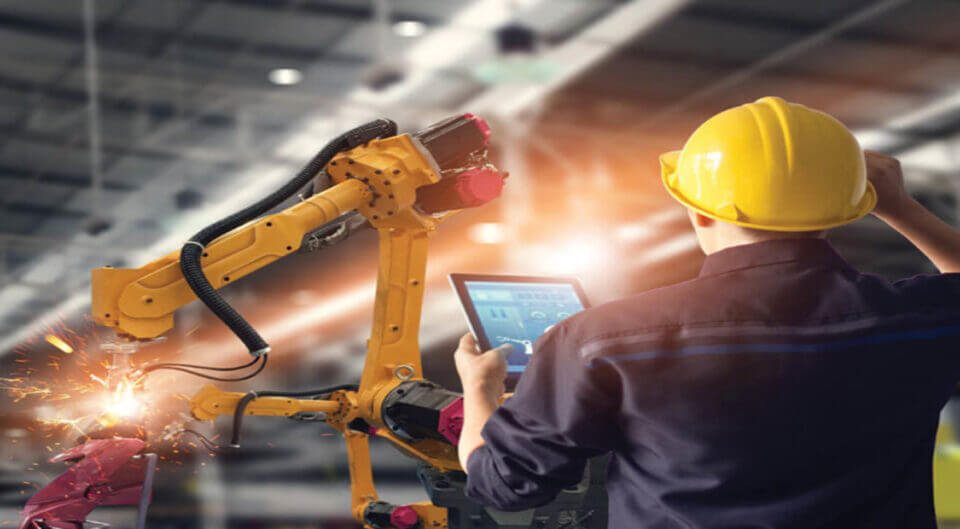
CSA Z432-16: Pioneering the Future of Machine Safety Standards
July 15, 2022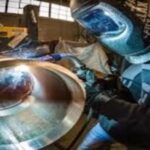
Ensuring Safety in Sheet Metal Fabrication: Essential Practices for Risk Mitigation
July 15, 2022
CSA Z432-16: Pioneering the Future of Machine Safety Standards
July 15, 2022
Ensuring Safety in Sheet Metal Fabrication: Essential Practices for Risk Mitigation
July 15, 2022In the high-stakes industrial sector, safety isn’t just a requirement—it’s a commitment. Both workers and employers share a responsibility to address potential hazards and prevent accidents. A key pillar of this effort is conducting thorough risk assessments, which go beyond mere compliance to foster a truly safe and efficient workplace.
Identifying Hazards: The Cornerstone of Workplace Safety
Risk assessments are invaluable for identifying potential dangers in industrial settings. This process is more than just a routine checklist; it’s a powerful educational tool. By thoroughly evaluating workplace risks, employees and employers alike gain crucial insights into hazards and best practices for mitigating them. This increased awareness leads to safer behaviors and equips teams to respond effectively to unforeseen dangers.
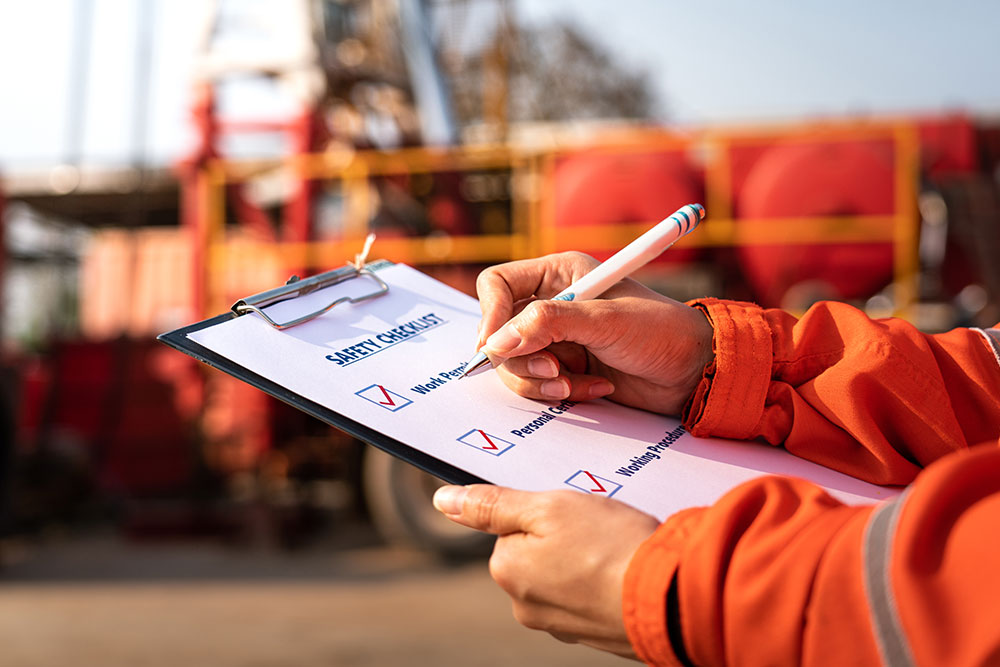
Strengthening Safety Through Targeted Training
Effective safety training is integral to smooth industrial operations. Risk assessments play a pivotal role in ensuring these programs remain relevant and impactful. By reviewing existing protocols, assessments highlight gaps or areas requiring updates, ensuring that training aligns with real-world conditions.
From proper machinery handling to defect reporting and safe tool storage, well-informed employees are better equipped to operate safely and efficiently. By continually refining training programs based on assessment findings, companies can maintain high safety standards and reduce risks.
The Hidden Link Between Cleanliness and Safety
In industrial environments, cleanliness is more than a matter of appearance—it’s a critical safety factor. Cluttered or disorganized workspaces can lead to avoidable accidents. Risk assessments underscore the importance of maintaining cleanliness, focusing on neglected areas like ventilation systems, lighting, and high-risk zones.
A clean and organized workspace not only boosts morale but also reduces hazards, creating a more productive and safer environment.
Staying Ahead with Regulatory Compliance
Adhering to safety regulations isn’t optional—it’s an essential component of a robust safety culture. Risk assessments help businesses stay compliant by identifying gaps and ensuring that safety measures meet or exceed regulatory standards.
As regulations evolve, regular assessments are vital to maintaining a stellar safety record and avoiding costly violations.
Maintenance: A Proactive Approach to Safety
Risk assessments also serve as a maintenance roadmap, identifying wear and tear or other potential issues before they become serious problems. By integrating these findings into a proactive maintenance schedule, companies can keep their equipment and facilities in top condition, preventing breakdowns and reducing risks.
Creating a culture of safety starts with comprehensive and consistent risk assessments. By focusing on hazards, training, cleanliness, compliance, and maintenance, businesses can cultivate a safer, more efficient workplace.
For tailored industrial safety solutions, trust EZSecur to deliver the products and expertise you need. Learn more at www.ezsecur.com.

